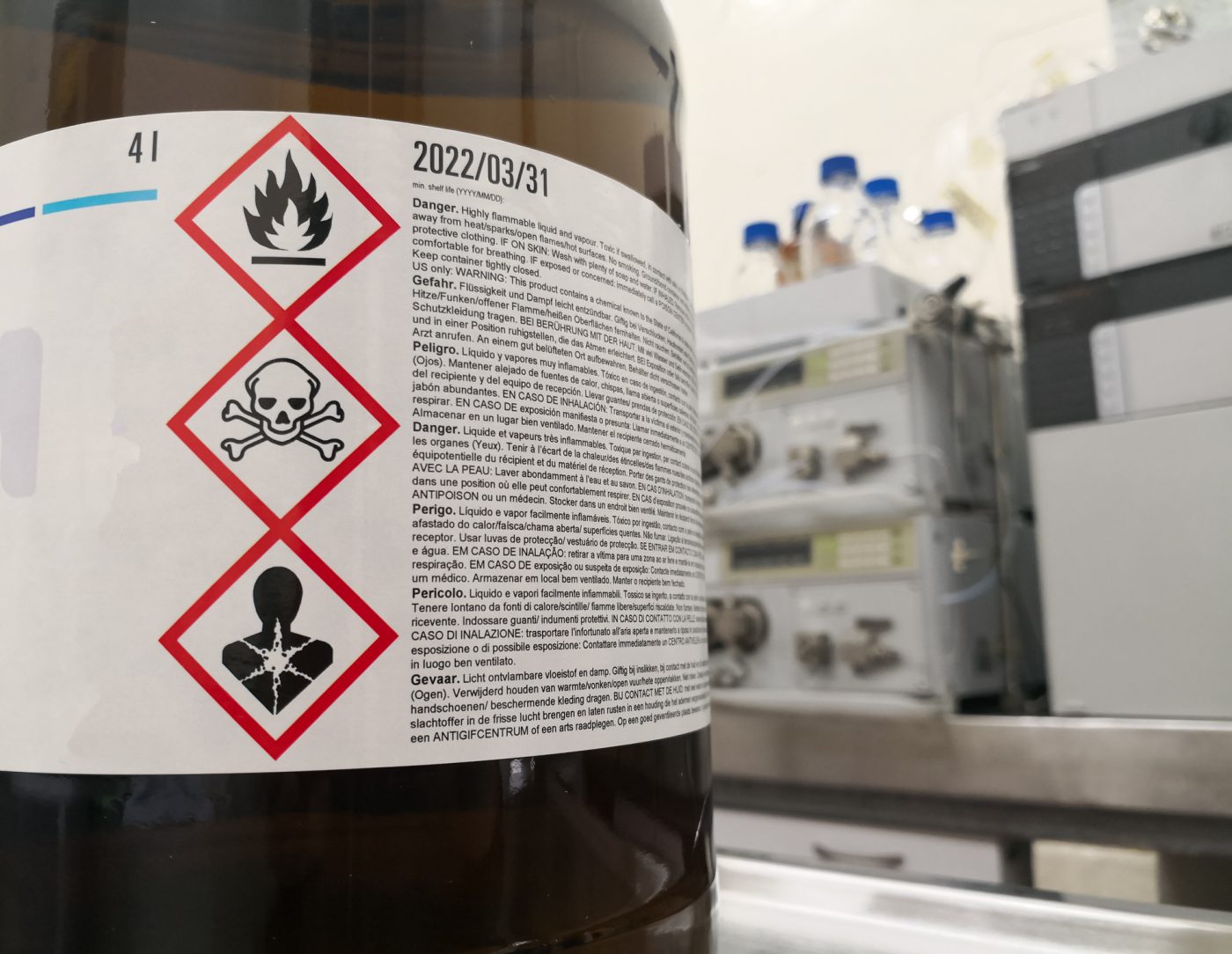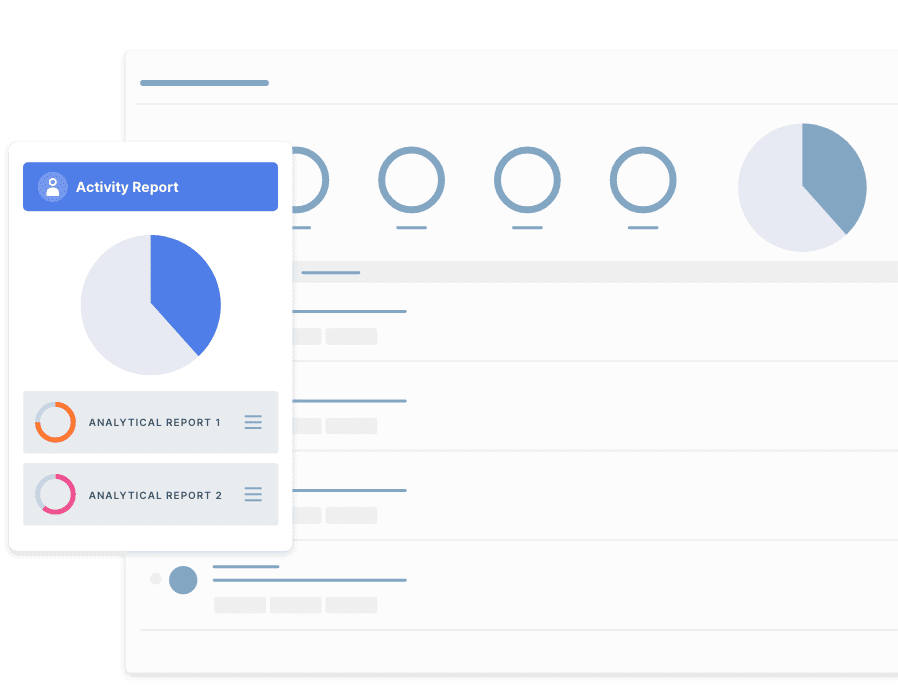
Regulatory Content
Comply with the Globally Harmonized System (GHS)
The United Nations’ Globally Harmonized System (GHS) is a system for standardizing and harmonizing the classification and labeling of chemicals.
Globally Harmonized System (GHS)
195
Countries Covered
723
Sources in C2P
Globally Harmonized System Explained
The United Nations’ Globally Harmonized System (GHS) of Classification and Labeling of Chemicals was set up to replace the assortment of hazardous material classification and labeling schemes and provide a basis for globally uniform physical, environmental, health, and safety information on hazardous chemicals.
The GHS identifies the intrinsic hazards found in chemical substances and mixtures and conveys hazard information about these hazards. Hazard statements, symbols, and signal words have been standardized and harmonized and form an integrated hazard communication system.
Importance of the GHS
Hazard communication is crucial to ensuring that employers, employees, and the public are provided with adequate, practical, reliable, and comprehensible information on the hazards of chemicals so that they can take effective preventive and protective measures for their health and safety.
Who is Impacted by GHS
Any organization using any kind of hazardous chemicals. The GHS covers all hazardous chemicals. There are no complete exemptions from the scope of the GHS for a particular type of chemical or product. The term “chemical” is used broadly to include substances, products, mixtures, preparations, or any other terms that may be used by existing systems.
The GHS is a logical and comprehensive approach to:
- Defining health, physical and environmental hazards of chemicals
- Creating classification processes that use available data on chemicals for comparison with the defined hazard criteria
- Communicating hazard information, as well as protective measures, on labels and Safety Data Sheets (SDS)
Our Regulatory Coverage of the GHS
Our regulatory content in C2P is historically comprehensive with a robust QA process to ensure quality, consistency and accuracy. Below is a high level summary of our coverage for this topic:
- UN Purple Book – Globally Harmonized System (GHS) of Classification and Labelling of Chemicals, Rev. 7, 2017
- EU Classification, Labelling and Packaging of Substances and Mixtures, Regulation (EC) No 1272/2008
- Australian Model Work Health and Safety Regulations, 2011
- Argentina Globally Harmonised System of Classification and Labelling of Chemicals, Resolution 801/2015
- Brazil Standard ABNT NBR 14725 series 1-4
- USA Implementation of Globally Harmonized System of Classification and Labelling of Chemicals (GHS), Hazard Communication Standard, Final Rule, 77 FR 17574, March 2012
- China Dangerous Chemicals Regulations, Order No. 591, 2011
- Korea Standards on Classification and Labelling of Chemical Substances, Notice No. 96-12
- Japan Classification of Chemicals based on Globally Harmonized System of Classification and Labelling of Chemicals (GHS), Standard JIS Z 7252:2014
- Japan Hazard Communication of Chemicals Based on GHS – Labelling and Safety Data Sheets (SDS), Standard JIS Z 7253:2012
- Mexico Globally Harmonized System (GHS) of Classification and Labelling of Chemicals, Standard No. NMX-R-019-SCFI-2011
- New Zealand Hazardous Substances and New Organisms (HSNO) Act, 1996
- Norway Classification, Labelling and Packaging (CLP) of Substances and Mixtures, Regulation No. 622, 2012
- Turkey Classification, Labeling and Packaging (CLP) of Substances and Mixtures, Draft Regulation, September 2018
- Taiwan Labeling and Hazard Communication of Hazardous Chemicals
- , Regulation, 2007
- Philippines Implementing Globally Harmonised System of Classification and Labelling of Chemicals, Administrative Order No. 9, 2015
- Russia Approving Technical Regulations on Safety of Chemical Products, Decree No. 1019, 2016
Manage GHS Requirements in One Place
- C2P links all aspects of product compliance including Evidence, Product Requirements, Informing Regulations, Standards, Customer and other Requirements
Maintain Compliance with GHS Labels
- Automated alerts not only keep you up to date on the latest information on GHS labels but also identify potential compliance risks.
Why Compliance & Risks?
Track Global Requirements on Chemicals
Track and assess new and developing requirements on chemicals as they change around the world:
EU REACH
EU REACH is a regulation enacted to increase protections of human health and limit the environmental risks that can be posed by chemicals, while also improving the competitiveness of the EU chemicals industry.
Get support in proactively planning and responding to EU REACH.
RoHS & Chemicals in Products
When it comes to chemicals in products we focus on chemical substances in finished products, paying particular attention to regulatory measures on prohibited or restricted chemicals substances, and on biocidal substances in treated articles that protect articles from harmful organisms like pests, mold and bacteria.
California Prop 65
California Prop 65 is California’s Safe Drinking Water and Toxic Enforcement Act of 1986. The act is in place to protect the citizens of California and their drinking water sources from chemicals known to cause cancer, birth defects or other reproductive harm, and to inform citizens about exposures to such chemicals. Address the latest proposals, enactments and amendments to the regulation with C2P.
Keep Track of Upcoming Requirements
- Use automated alerts to monitor upcoming GHS label requirements and stay compliant.
Comprehensive End-to-End Compliance Solution
- Simultaneously work on and communicate regarding Regulations, Standards, Requirements and Evidence to create a single source of information including reports and insights into new requirements.

Learn more about our Regulatory Coverage
Speak to one of our team today for more information on our regulatory content.
